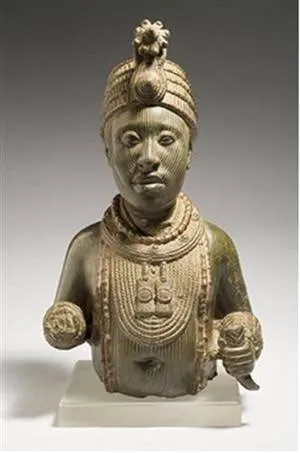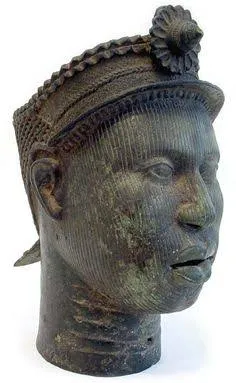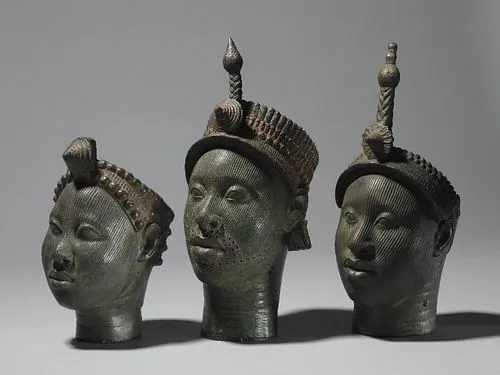
Lords and divine beings were regularly portrayed with enormous heads in light of the fact that the specialists accepted that the Ase was held in the head, the Ase being the internal force and energy of an individual. Both memorable figures of Ife and the workplaces related with them are addressed. One of the most amazing recorded among this is the early ruler Obalufon II who is said to have developed bronze projecting and is respected as a naturalistic copper life-size veil.

The city was a settlement of significant size between the twelfth and fourteenth hundreds of years, with houses highlighting potsherd asphalts. Ilé-Ifè is known worldwide for its antiquated and naturalistic bronze, stone and earthenware models, which arrived at their pinnacle of imaginative articulation somewhere in the range of 1200 and 1400 A.D. In the period around 1300 C.E. the specialists at Ife fostered a refined and naturalistic sculptural custom in earthenware, stone and copper amalgam—copper, metal, and bronze—large numbers of which seem to have been made under the support of Lord Obalufon II, the one what today's identity is recognized as the Yoruba benefactor god of metal projecting, weaving and formal attire. After this period, creation declined as political and financial force moved to the close by realm of Benin which, similar to the Yoruba realm of Oyo, formed into a significant domain.

Bronze made by this civilization are critical instances of naturalism in pre-pilgrim African craftsmanship and are recognized by their varieties in formal attire, facial stamping examples, and body extents. Antiquated Ife additionally was well known for its glass globules which have been found at destinations as distant as Mali, Mauritania, and Ghana.
Thank you
